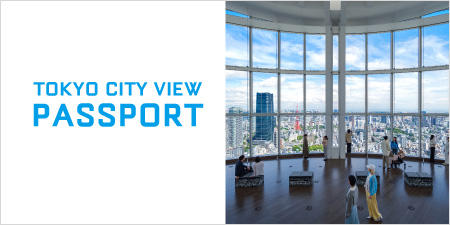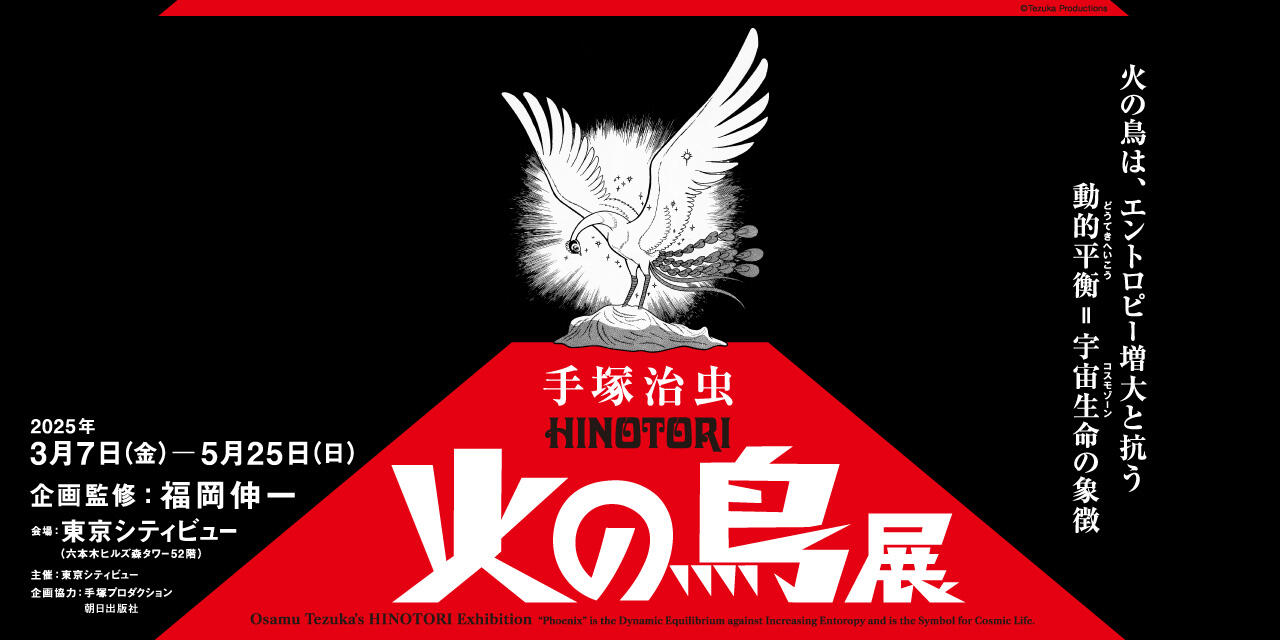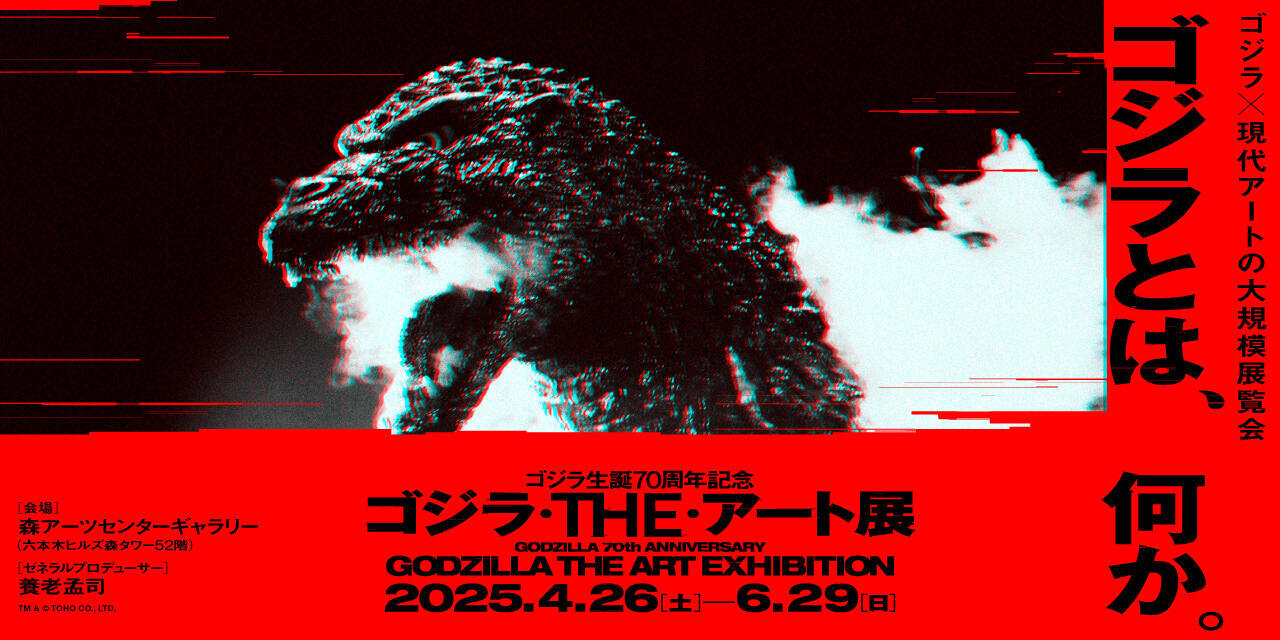Rikuzentakata / 2014.8.15 Kesen-cho, Imaizumi (from the series “Rikuzentakata”)
| Artist | : | Hatakeyama Naoya (1958-) |
|---|---|---|
| Nationality | : | Japan |
| Year | : | 2017 |
| Material | : | Lambda print |
| Size | : | 120 x 146 cm |
Hatakeyama Naoya studied with photographer Otsuji Kiyoji until 1981. He completed his postgraduate studies at the University of Tsukuba in 1984, shortly after he had his first solo exhibition in Tokyo’s Zeit-Foto Salon in 1983. He has held solo exhibitions at such renowned international institutions as the Tokyo Photographic Art Museum (2011) and San Francisco Museum of Modern Art (2012), while his group exhibitions include the Venice Biennale (2001). His work is found in the collections of some of the most distinguished museums worldwide. His many awards include the Kimura Ihei Memorial Photography Award in 1997, the Photographer of the Year Award from the Photographic Society of Japan in 2003, and the Minister of Education, Culture, Sports, Science and Technology’s Art Encouragement Prize in 2012. In addition, he contributed to the Japan Pavilion that won the Golden Lion for Best National Participation at the 2012 Venice Biennale’s International Architecture Exhibition.
Hatakeyama’s practice could be described as a form of poetic research exploring traces of the manmade on the shorelines of nature and culture, land and sea, executed in photographic series of residential and industrial environments, cityscapes, and landscapes. The works in the Mori Art Museum collection indicate the expansion of this approach. The "Rikuzentakata” series (2017), of which the museum owns nine prints, documents the aftermath of the 2011 Great East Japan Earthquake. The scenes of torn landscapes, demolished villages, and piles of detritus seem like records of a collective trauma, but are rooted in personal grief: Hatakeyama documents the near-destruction of his hometown, which caused the death of his mother and many friends and neighbors. The series poetically treads along the visual border of trauma and future regeneration: present in each tableau are both the catastrophic past event and signs of new life, from the social to the biological. Light and shadow, color and composition, surface and depth become the artist’s tools for a humble yet ethereal meditation on the cyclical nature of time between the ruins of the past and the emergence of new life. Hatakeyama’s images seem to indicate that though what has been gone will never come back as it was, wounds will slowly heal and life go on.
-

Hatakeyama NaoyaRikuzentakata / 2014.8.15 Kesen-cho, Imaizumi (from the series "Rikuzentakata")2017Lambda print120 x 146 cm
Hatakeyama NaoyaRikuzentakata / 2014.8.15 Kesen-cho, Imaizumi (from the series "Rikuzentakata")2017Lambda print120 x 146 cm
Rikuzentakata / 2014.8.15 Kesen-cho, Imaizumi (from the series “Rikuzentakata”)
| Artist | : | Hatakeyama Naoya (1958-) |
|---|---|---|
| Nationality | : | Japan |
| Year | : | 2017 |
| Material | : | Lambda print |
| Size | : | 120 x 146 cm |
Hatakeyama Naoya studied with photographer Otsuji Kiyoji until 1981. He completed his postgraduate studies at the University of Tsukuba in 1984, shortly after he had his first solo exhibition in Tokyo’s Zeit-Foto Salon in 1983. He has held solo exhibitions at such renowned international institutions as the Tokyo Photographic Art Museum (2011) and San Francisco Museum of Modern Art (2012), while his group exhibitions include the Venice Biennale (2001). His work is found in the collections of some of the most distinguished museums worldwide. His many awards include the Kimura Ihei Memorial Photography Award in 1997, the Photographer of the Year Award from the Photographic Society of Japan in 2003, and the Minister of Education, Culture, Sports, Science and Technology’s Art Encouragement Prize in 2012. In addition, he contributed to the Japan Pavilion that won the Golden Lion for Best National Participation at the 2012 Venice Biennale’s International Architecture Exhibition.
Hatakeyama’s practice could be described as a form of poetic research exploring traces of the manmade on the shorelines of nature and culture, land and sea, executed in photographic series of residential and industrial environments, cityscapes, and landscapes. The works in the Mori Art Museum collection indicate the expansion of this approach. The "Rikuzentakata” series (2017), of which the museum owns nine prints, documents the aftermath of the 2011 Great East Japan Earthquake. The scenes of torn landscapes, demolished villages, and piles of detritus seem like records of a collective trauma, but are rooted in personal grief: Hatakeyama documents the near-destruction of his hometown, which caused the death of his mother and many friends and neighbors. The series poetically treads along the visual border of trauma and future regeneration: present in each tableau are both the catastrophic past event and signs of new life, from the social to the biological. Light and shadow, color and composition, surface and depth become the artist’s tools for a humble yet ethereal meditation on the cyclical nature of time between the ruins of the past and the emergence of new life. Hatakeyama’s images seem to indicate that though what has been gone will never come back as it was, wounds will slowly heal and life go on.
Hatakeyama Naoya has 10 works in our collection
-

Hatakeyama Naoya
Rikuzentakata / 2014.5.16 Kesen-cho, Sunamori (from the series “Rikuzentakata”)2017
-

Hatakeyama Naoya
Rikuzentakata / 2013.10.20 Kesen-cho, Atagoyama (from the series “Rikuzentakata”)2017
-

Hatakeyama Naoya
Rikuzentakata / 2013.6.16 Takata-cho, Nagasuka (from the series “Rikuzentakata”)2017
-

Hatakeyama Naoya
Rikuzentakata / 2013.5.12 Kesen-cho, Nanakiri (from the series “Rikuzentakata”)2017




